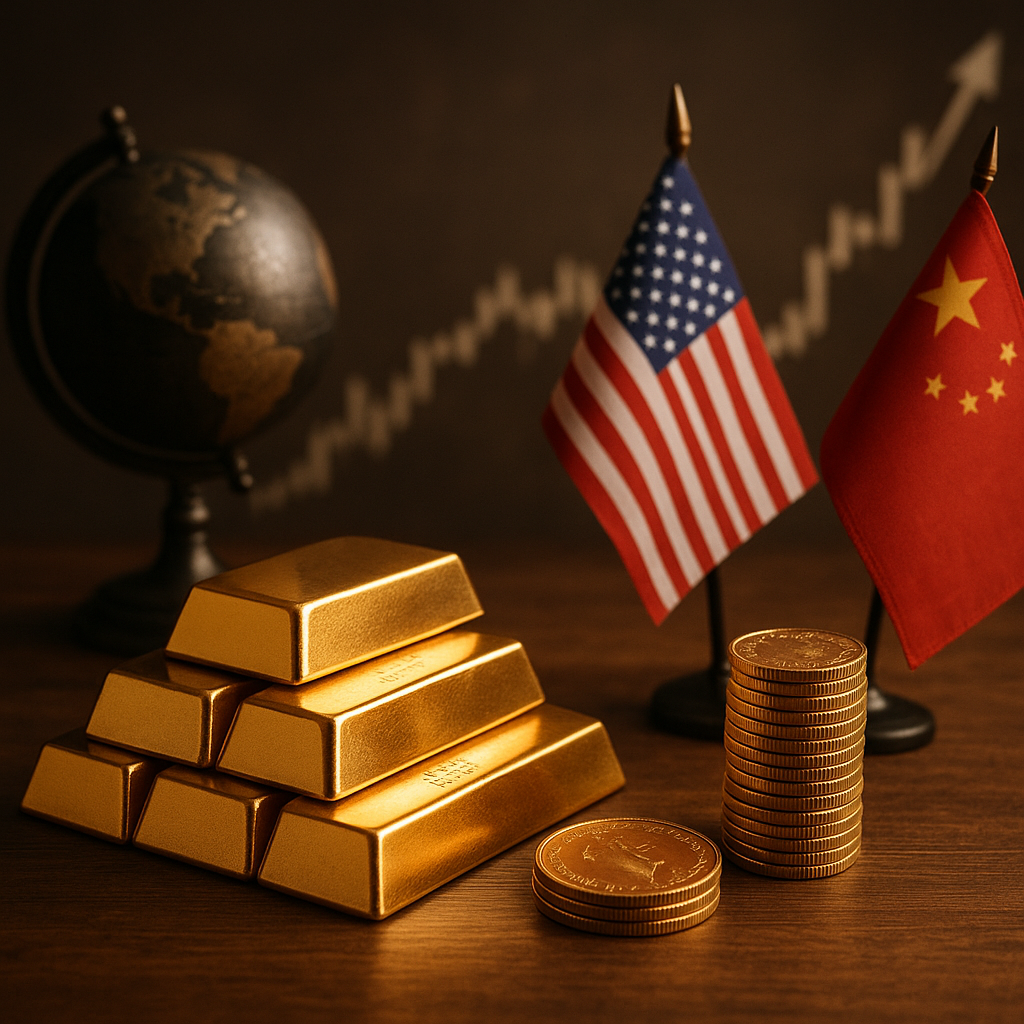Gold has long been considered a safe haven for investors, a hedge against inflation, and a store of value during times of economic uncertainty. Understanding the seasonal trends in gold prices can provide valuable insights for investors looking to optimize their buying strategies. This article delves into the patterns and factors that influence gold prices throughout the year, helping investors determine the best time to buy.
Understanding Seasonal Trends in Gold Prices
Gold prices are influenced by a myriad of factors, including geopolitical events, currency fluctuations, and changes in supply and demand. However, one of the less obvious influences is the seasonal trend that can be observed in the gold market. These trends are not just random fluctuations but are often driven by predictable patterns in consumer behavior, cultural events, and economic cycles.
Historically, gold prices tend to rise during certain times of the year. For instance, the demand for gold often increases during the wedding season in India, which typically occurs from October to December. India is one of the largest consumers of gold, and the cultural significance of gold in weddings and festivals can lead to a noticeable uptick in prices during these months.
Similarly, the Chinese New Year, which usually falls between January and February, is another period when gold demand spikes. Gold is a popular gift during this time, and the increased buying activity can drive prices up. Understanding these cultural and seasonal events can help investors anticipate price movements and make more informed decisions.
Factors Influencing Seasonal Gold Price Trends
While cultural events play a significant role in seasonal gold price trends, other factors also contribute to these patterns. One such factor is the economic cycle. During times of economic uncertainty or downturns, investors often flock to gold as a safe haven, leading to increased demand and higher prices. Conversely, during periods of economic stability and growth, the demand for gold may decrease as investors seek higher returns in other asset classes.
Another factor to consider is the impact of central bank policies. Central banks around the world hold significant reserves of gold, and their buying and selling activities can influence gold prices. For example, if a central bank decides to increase its gold reserves, it can lead to a rise in prices due to increased demand. Conversely, if a central bank sells off a portion of its gold reserves, it can lead to a decrease in prices.
Additionally, the strength of the US dollar is a critical factor in determining gold prices. Gold is typically priced in US dollars, and a strong dollar can make gold more expensive for buyers using other currencies, potentially reducing demand. Conversely, a weak dollar can make gold more affordable for international buyers, increasing demand and driving up prices.
When is the Best Time to Buy Gold?
Determining the best time to buy gold requires a careful analysis of the factors mentioned above, as well as an understanding of personal investment goals and risk tolerance. While seasonal trends can provide a general guideline, it’s essential to consider the broader economic context and market conditions.
For long-term investors, the best time to buy gold may be during periods of economic stability when prices are relatively low. This strategy allows investors to accumulate gold at a lower cost, potentially benefiting from price increases during times of economic uncertainty or inflation.
For short-term investors or those looking to capitalize on seasonal trends, buying gold before major cultural events or during periods of increased demand can be a viable strategy. However, this approach requires careful timing and an understanding of the specific factors driving demand during these periods.
Ultimately, the decision to buy gold should be based on a comprehensive analysis of market conditions, personal financial goals, and risk tolerance. By understanding the seasonal trends and factors influencing gold prices, investors can make more informed decisions and optimize their investment strategies.
Conclusion
Gold remains a valuable asset for investors seeking to diversify their portfolios and protect against economic uncertainty. By understanding the seasonal trends and factors influencing gold prices, investors can make more informed decisions about when to buy. Whether for long-term investment or short-term gains, timing the purchase of gold can significantly impact the overall success of an investment strategy. As with any investment, it’s crucial to conduct thorough research and consider personal financial goals and risk tolerance before making a decision.












